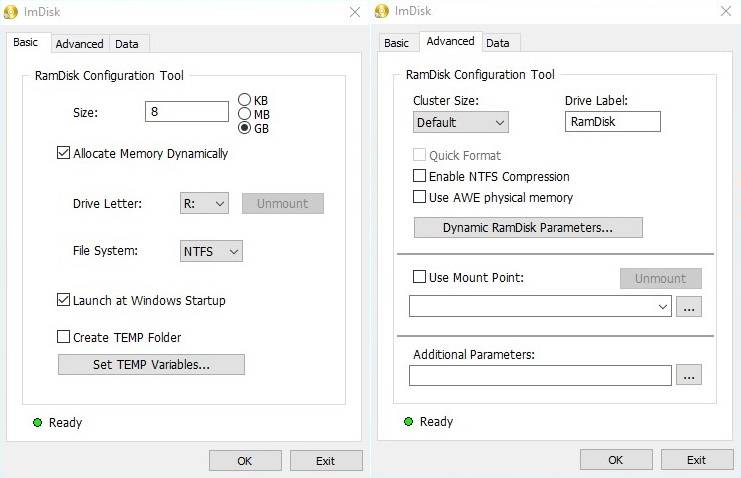

There is absolutely NO WAY I could manually select 32GB of data and have it cover 97.5% of the data requested by all applications on my system, including the kernel and services. (note, the above image is not from my desktop) To get an idea of how effective disk caching is, in a 72-hour timeframe, applications on my desktop request about 5TB of data however, 97.5% of that is served from a 32GB disk cache- That means that only 160GB of data was actually read from the disk. The only really new thing with SuperFetch is that it can guess ahead of time which blocks you might need, and copy them to the disk cache before you use them.

It will dynamically shrink when applications need the memory, and grow when applications don't need the memory.Įvery major OS has had disk caching for years. Windows will automatically manage it such that it fills as much RAM as it can without causing problems. Standby memory (dark blue bar) is this disk cache. There is absolutely no need for a RAM disk in Windows 7, and very little need in Windows XP/Vista (these don't have SuperFetch which pre-fetches data, but they do have disk caching): It is as simple as that, and has been since before Windows XP. Ultrasawblade brings up a good point about the use of RAM disks to keep files from ever being written to disk for security reasons, and this post does not apply to those situations.) (Forward: This post is written from a performance perspective.


 0 kommentar(er)
0 kommentar(er)
